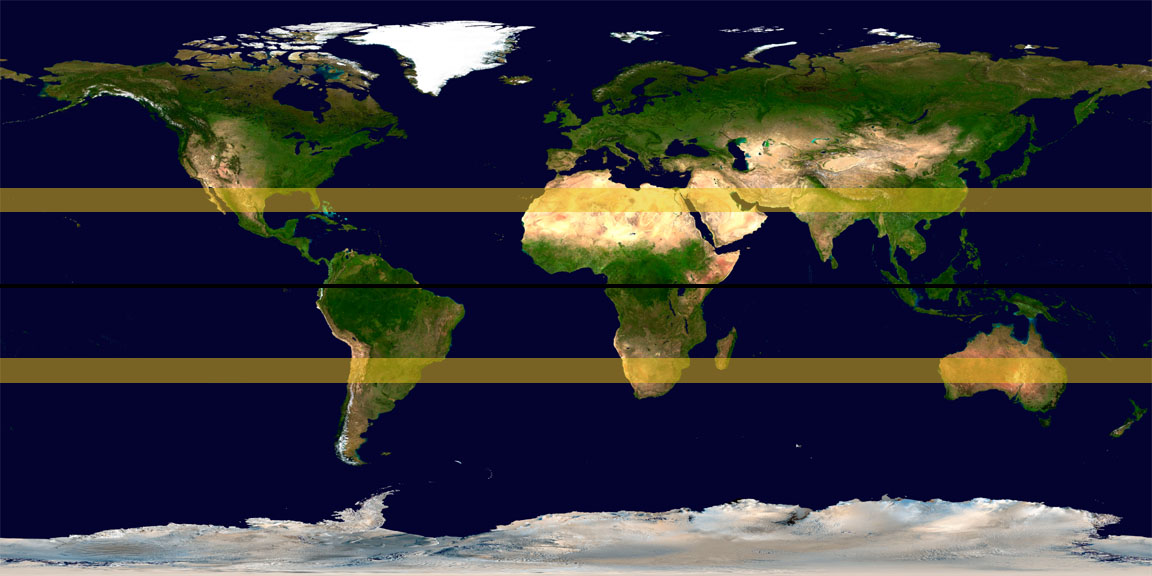Climate Change: Winners and Losers
Lesson 4: Desert Belts
Page 1: Earth's Deserts Page 2 Page 3 Review
Earth's Deserts:
Our story so far: Rising temperatures will lead to increased melting of glaciers and ice caps, which will cause sea levels to rise around the globe. Many people living in coastal areas will be displaced as their homes and businesses are permanently flooded.

While flooding may not affect people living further inland, there will be other challenges brought about by global warming. Some of the changes brought will create hardships for even more people than those impacted by rising sea levels.
One change that could become very disruptive is the movement of deserts northward in the Northern Hemisphere and southward in the Southern Hemisphere.
A desert is any place that gets less than 10 inches of rain a year. Not all deserts are hot. Antarctica is a desert, and temperatures in the Gobi Desert of Mongolia and northern China often get as low as -20ºF. But all deserts are very dry.
Here is a surface map of Earth put together from images taken from space:

The light tan areas are deserts. Many of Earth's deserts lie in two bands that stretch around the planet. One of the bands is in the Northern Hemisphere, and the other is in the Southern Hemisphere. Each band is about the same distance from the Equator. These bands are often called desert belts.
I've marked the approximate location of the desert belts on this map. The black line is the Equator.

There is a reason that the two desert belts are about the same distance from the Equator. It has to do with air circulation patterns on Earth.
Go to Page 2